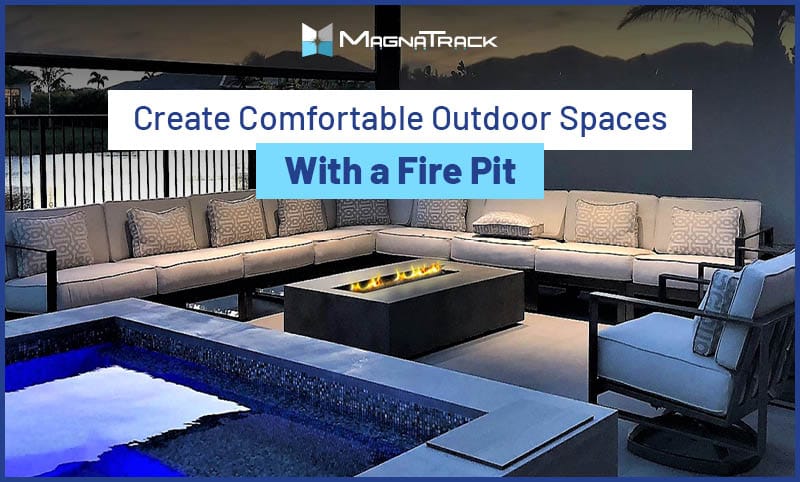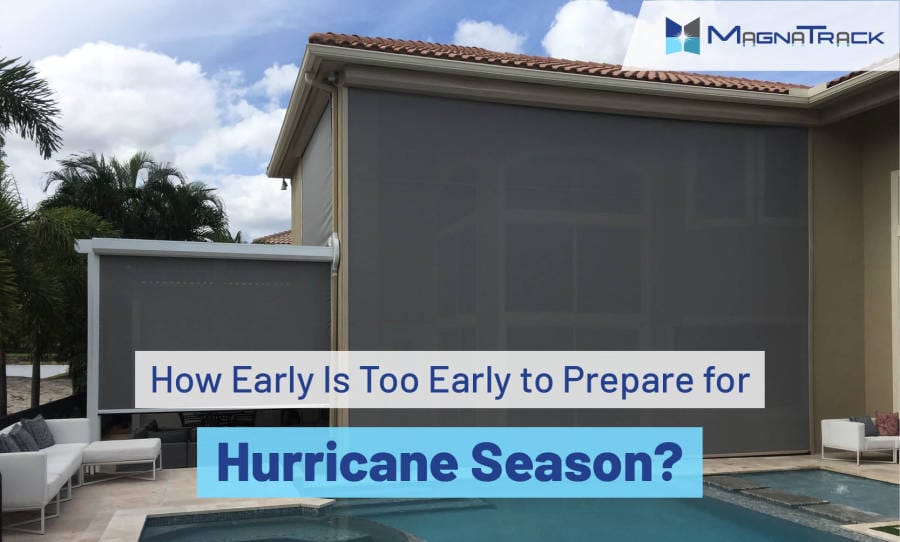Create Comfortable Outdoor Spaces With a Fire Pit

During the tumultuous years of the Great Depression and World Word II, President Franklin D. Roosevelt (FDR) needed to act in a way that would calm the fears of the American people. One such action was his creation of “Fireside Chats,” his way of communicating calm (and information) via 31 radio addresses to the nation. These fireside chats were instrumental in turning the tide of negativity and anxiety, replacing despair with feelings of optimism and hope.
Today, companies use the same “ingredients” with the same intention when speaking to their teams, and the modern definition of a “fireside chat” in this context is simple — “A personal and interactive discussion involving a moderator and a guest, in which the audience can gain insights through the guest’s personal stories and thoughts on various topics.”
Want to channel your inner FDR
when talking to your team or clients?
Informal yet structured conversation between a moderator and a guest helps listeners feel more comfortable and receptive. While there isn’t a moderator or structured conversation when it comes to residential outdoor fire pits, there’s still something very relaxing about sitting next to a fire and having a chat.
Take the Cozy Fireplace Outside, but Elevate the Campfire
Remember all those popular Western movies? After a long day’s ride or hours and hours (and hours) of driving cattle, the cowboys would settle down around a campfire. There they would stretch tired muscles, eat a hot meal, warm themselves, tell stories, grab something to drink—or a blanket—so they could kick back and relax.
You can enjoy these same mood-boosting benefits with a fire pit in your backyard. Invite friends or family over to unwind after a long day at work or a long week, eat dinner around the fire or make s’mores for a yummy treat, and enjoy the peaceful atmosphere under a beautiful night sky.
Different Types of Outdoor Fire Pits
Unless you’re trying to tough it out like John Wayne or Rip Wheeler, comfortable outdoor furniture is a must. Otherwise, your time around the fire pit will be limited, regardless of how awesome the pit itself looks and functions.
When it comes to how a fire pit works, there are four main types on the market—wood burning, gel fuel, propane, or natural gas. Learn the differences between each, so you can choose the type that’s best for you.
Here are a few different styles of fire pits so you can find the one that meets your needs and design aesthetic:
- Rectangular Stone Fire Pit Table with Propane Burner
- With coverings for the fire elements, these units double as dining tables.
- The stone can be natural or faux, which makes a weight and price difference.
- Glass wind barriers promote a steady dance of flames.
- Decorative glass or lava rocks can also be used to enhance the look of the fire element.
- Smokeless Fire Pits
- These are ideal for people with smoke allergies, or those whose eyes are sensitive to campfire smoke.
- These pits employ secondary combustion holes to provide a smokeless burn.
- Steel Fire Pits
- This option is one of the most affordable on the market, with some selling for around $150.
- Some manufacturers include a barbecue cooking grate, along with a safety poker and mesh screen.
- Stainless Steel Fire Pits
- These usually come with a carrying box and an ash pan that can be removed for convenient transportation.
- Due to its construction, these pits are made to be portable and easy to use.
For pictures, additional pit details, and more examples, check out “10 Best Fire Pit Tables of 2024, According to Experts.” This article also includes what to consider when buying a fire pit and a list of FAQs.
Bugs That Are Attracted to Fire, and Those That Aren’t
When thinking about building or buying a fire pit, we also need to think about bugs.
Did you know that there is such a thing as a “fire bug”? This is the general term given to roughly 40 different species of insects that are attracted to smoke or flames. However, these particular bugs are typically only a threat to firefighters, as the swarms are drawn to forest fires.
Insects feast on weakened trees, and they can sense through the fire that food is available. Unfortunately, hundreds of pinching bark beetles crawling down shirt collars and pant legs or a face full of stinging bald-faced hornets are a big problem for emergency teams already focused on putting out the wildfire.
For the most part, though, homeowners can rest easy. Despite the popular phrase “like a moth to a flame,” science shows that moths are not drawn to fire. In fact, most bugs are repelled by the intense heat and smoke. This is an added benefit to having an outdoor fire pit.
Good News and Not-So-Good News About Outdoor Fire Pits
The good news first: fire pits might keep some unwanted critters at bay. Nocturnal species usually find the light of a campfire to be too uncomfortable for their eyes—it can hamper their vision or cause them pain.
Usually, smoke irritates snakes’ sensitive eyes and noses, so a fire pit might make them slither away. Then again, some snakes are attracted to fires, especially if the snake has rabies.
The heat of a fire is also an irritant for mosquitoes. Bugs stay away from the flames by impulse. Hot air is less dense than the cooler air around it, so it rushes past that cooler air, causing a current. Bugs don’t want to get caught in that pocket, or caught in the fire’s smoke.
Even though some insects can be repelled by fires due to the heat and smoke, depending on the bug species in your area, you might have to create a lot of smoke or sit very close to the fire. Neither of these options sound very appealing.
Fire pits—and the wood that fuels them—could be why pests such as ants, mosquitoes, rodents, and wood-destroying insects find their way to your yard.
For the bugs, insects, and animals that remain a nuisance, the best solution in a single word is—screens!
How to Enjoy Outdoor Fire Pits, Even With Bugs or Bad Weather
Some people choose to have the fire pit outside the screen enclosure, but with safety measures in place, it’s perfectly fine to have a fire pit on a screened patio area. One big perk—the screen keeps out the bugs! And with MagnaTrackTM Screens, you can raise the screen with a quick touch of a button if the bugs aren’t out. Now, we’re talking the best of both worlds!
Sure, bugs can spoil a night around the fire, and so can the elements. Wind, rain, snow…the weather isn’t something we can control. But with a screened outdoor space, you can stay comfy and protected at the same time.
Speaking of staying protected, a quick safety note: Be careful not to place your fire pit or anything you use to produce fire or smoke near combustibles or electrical installations. Always follow fire safety protocols and read any instruction manuals before operating pit equipment.
Local Installer to Have a Fire Pit and Screen in Place for Fall
We know it’s April and you probably have spring on your mind—and then summer. In some states, fire pits can be used year-round, but in warmer climes, their usefulness begins in autumn.
Even if a new fire pit isn’t in high demand at the moment, now is a good time to schedule an installation. Given lead times for construction work, get on the calendar with a general contractor now. If you’re a general contractor or landscape architect, start suggesting fire pit installations ahead of season.
Then be sure to consider MagnaTrackTM Screens for your outdoor space. That way, whether you build a rustic fire pit or install a modern unit, you can protect your cozy place from the elements.
For screen pricing and installation timelines—so you can be ready for cool nights with a hot fire, contact one of our MagnaTrack™ dealers today.



